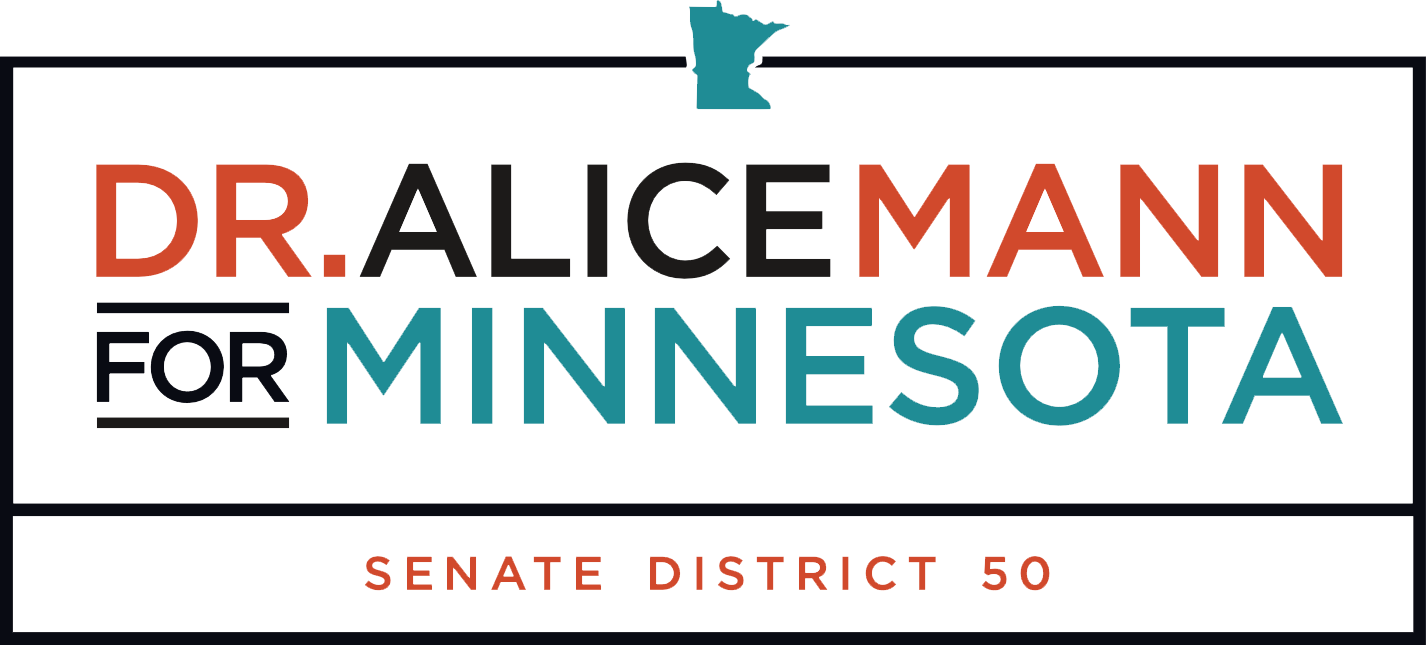Don’t pay too much at the pharmacy
By Editorial Board Star Tribune
An editorial writer could have saved money with new law, but failed to take advantage.
Minnesotans have an important new tool to reduce their prescription drug costs. The trouble is that they may not be aware of it, or a restless line of waiting customers may deter pharmacists from taking time to explain how they can save.
An editorial writer learned this the hard way this week after a trip to the pharmacist added to the misery of a deepening chest cold. Moments after paying for an unexpectedly pricey inhaler, a maddening realization set in.
The cost would have been substantially less had she sought, then leveraged, the new drug price information made available to consumers when state lawmakers banned so-called prescription price “gag clauses” in 2019. It’s a lesson worth sharing in hopes of saving others money, especially as colds and flu make their annual rounds.
The work on this issue was a welcome example of bipartisanship at the State Capitol last session. State Sen. Scott Jensen, R-Chaska, and Rep. Alice Mann, DFL-Lakeville, were strong advocates. Both are doctors and understood the need firsthand.
The new law outlawed a frustratingly common practice — contractual restrictions put in place by insurers, pharmacy benefit managers or other industry players that kept pharmacists from telling consumers about less-expensive prescription options. The change ensures that druggists can tell customers that it might be less expensive to buy a generic drug out-of-pocket vs. paying for a brand-name drug covered by an insurance plan.
The editorial writer’s battle with the winter crud illustrates how this change could save money. Coughing spasms prompted a prescription for an inhaled medication called albuterol, one that is also often used by asthma patients. At the north-suburban pharmacy, the druggist said her insurance plan only covered a brand-name form of the drug called Ventolin. The feverish editorial writer thought that seemed odd, but she was anxious to get home and quickly paid the $55.83 bill before asking what it could have cost instead to buy the generic drug not covered by the plan. The answer was $40, potentially less with an online coupon.
Reached this week, both Jensen and Mann said that this was exactly the type of situation they’d hoped to remedy with their bill. But there will be a learning curve for both consumers and pharmacists as the new law takes effect, which makes engagement and awareness key.
The experience also raises broader questions about the Byzantine drug pricing system in the United States. In an age where rising costs are a national concern, why would the insurer only cover the more expensive brand-name albuterol? The total bill for Ventolin was around $75, with the insurance plan covering $20 of it.
A call to the insurer’s benefits line didn’t offer enlightenment. But during an interview, Mann slammed the financial incentives from manufacturers, for example, that can influence the decisions by insurers or pharmacy benefit managers about which drugs go onto their formularies (their list of covered medications). “Kickbacks” like this, she said, require patients to buy more expensive drugs, benefiting the industry while leaving families struggling to pay.
Many other factors influence the nation’s notoriously high drug prices. The Editorial Board has long had concerns about “pay to delay” deals, in which brand-name manufacturers pay generic drugmakers to delay bringing products to market as patent protection expires.
The new state law allowing pharmacists to share lower-cost generic drug alternatives isn’t a cure-all for high drug prices. But it’s an important step forward, provided Minnesotans remember they have this new option and work with their pharmacists to take advantage of it.
Originally posted at: https://www.startribune.com/don-t-pay-too-much-at-the-pharmacy/567212462/.




